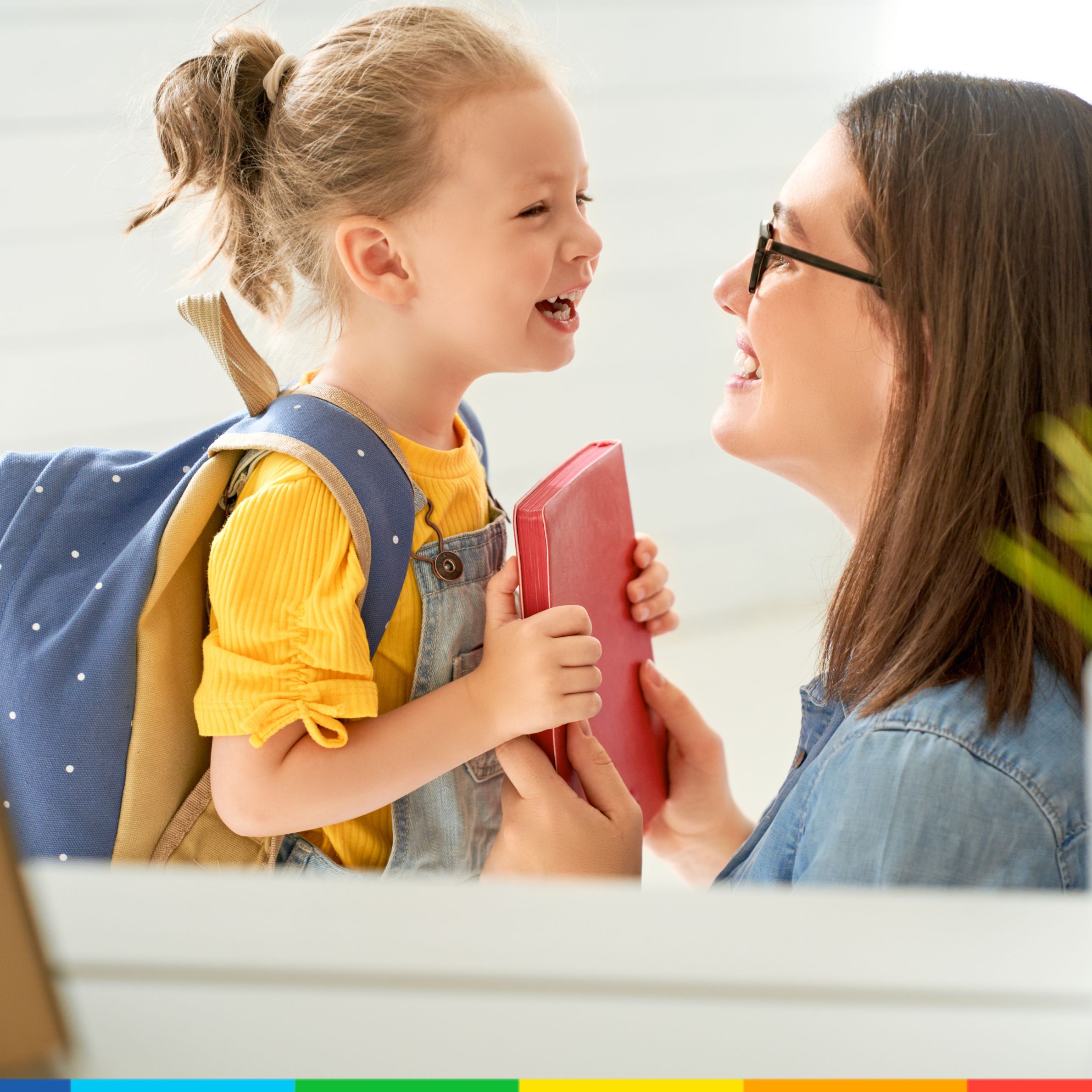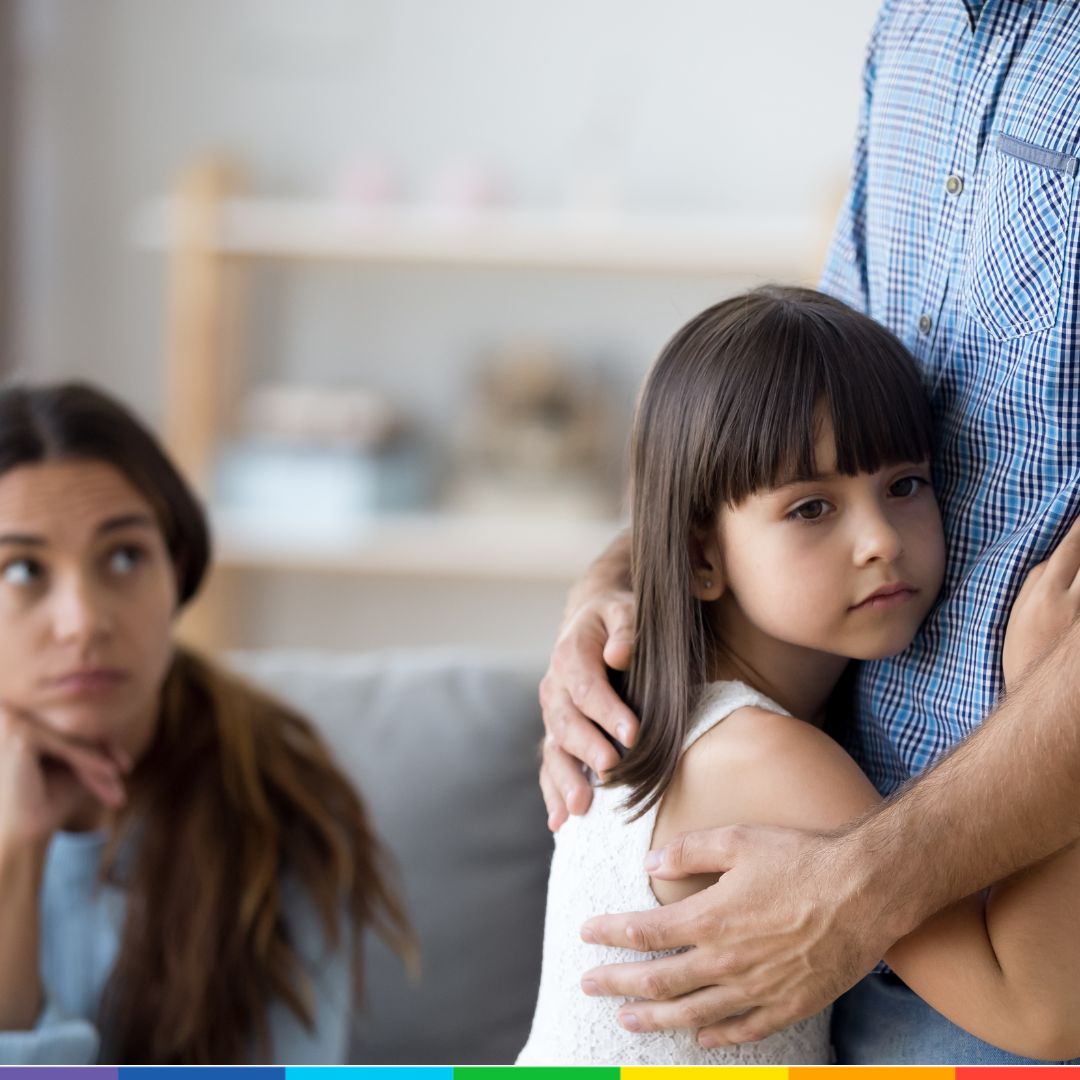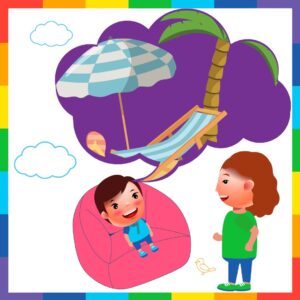
Parenting Tips
Guided Imagery Meditation for Kids- Best Calming Hack
September 29, 2024
Related
Topics

Hey
-

Back to School: How to Prepare for a Smooth First Day?
September 1, 2025
-

How to Build Resilience in Children? – Never Give Up!
August 8, 2025
-

Parents Saying ‘No’ – How to Set Limits Without Guilt?
July 15, 2025
-

-

Green Parenting: How to Make Your Home More Eco-Friendly?
April 24, 2025
Ready for more?
Hey
Sign up for Rainbow Kiddies newsletters for more stories and updates
Guided imagery meditation is one of the best calming hacks for kids. Ask me why? Imagine if your child could go on a magical journey anytime they wanted—no need to pack a suitcase or hop on a plane! Guided imagery meditation offers exactly that, allowing kids to explore calming, imaginative worlds right from the comfort of their home. It could be floating on a fluffy cloud or strolling through a peaceful forest. This practice helps children relax, build focus, and develop emotional resilience. Best of all, it’s a fun and gentle way to help them manage anxiety or wind down before bedtime. Let’s dive into how you can introduce this soothing technique to your little one!
Meanwhile, if you have not read the precursor to this post where we had discussed about mindfulness in general and various options to practice, have a look.
The therapeutic effect of guided imagery improves when the visualization becomes more specific and easier for them to imagine. Additionally, it’s not just sights that can be visualized. Children can be encouraged to imagine sounds, smells, tastes, touch, movement, or any sensation that helps them regain control of their present moment.
Ideally, they will feel their body relaxing, their breathing normalizing, and their muscles loosening as they continue to unwind in their imaginary space. This technique also essentially helps shift the brain’s focus from discomfort to a place of comfort, where they can relax and feel better. Have you noticed that pain or fear seems to intensify the more you focus on it? Similarly, when you think of your happy places, it tends to calm you down and reduce feelings of pain or stress.
How to Practice Guided Imagery?
Create a Quiet and Comfortable Space
- Find a peaceful, quiet spot where your child can sit or lie down comfortably. Also make sure they feel relaxed and safe in this space, free from distractions like screens or loud noises.
Start with Deep Breathing
- The practice starts just like in most of the other mindfulness practices. So, begin by asking the child to close their eyes and take a few deep breaths. Guide them to breathe in slowly through their nose. Then hold it for a moment, and breathe out through their mouth. This further helps them relax and prepare for the meditation.
Choose a Theme or Story
- Select a simple, calming theme for the meditation. It could be imagining a peaceful beach, a magical forest, or floating on a cloud. The story should be soothing and allow for plenty of visual exploration. You can adjust the theme based on your child’s interests. It could be imagining flying with a favorite animal or visiting a secret garden. You could take them to one of their favorite places, or some place that they have always wished to visit.
Guide Them Through the Imagery
- Slowly and gently describe the scene to the child. For example, “Imagine you are lying on a soft, warm beach. You can feel the sand between your toes and hear the sound of gentle waves crashing on the shore. The sky is bright blue, and a soft breeze touches your face.” You could even use pictures to show them the place first and then explain it while their eyes are closed. You could spread scents in the room, or even have some soothings relevant/ sounds or music too.
- Encourage them to fully immerse themselves in the experience, noticing sights, sounds, smells, and feelings. Guide them to explore the imaginary environment with all their senses.
Encourage Relaxation
- As you describe the scene, remind the child to relax their body. Guide them to release any tension they may feel. Start from their head down to their toes, while they continue to explore their peaceful place. This is almost like a quick version of body scan.
Stay in the Moment
- Allow the child to enjoy their peaceful place for a few minutes, staying quiet and simply observing the scene in their mind. Encourage them to breathe deeply and stay present in the imagery.
Gradually Bring Them Back
- After a few minutes of peaceful visualization, gently guide them back to the present moment. Encourage them to take a few more deep breaths, wiggle their fingers and toes, and slowly open their eyes when they’re ready.
Reflect on the Guided Imagery Experience
- After the meditation, ask your child how they felt during the practice. Were they able to imagine the scene clearly? Did they feel more relaxed? Reflecting on the experience helps reinforce the benefits of the meditation.
Relevance of Guided Imagery to Daily Life
Children can particularly benefit from guided imagery in situations where they have no control, such as during medical procedures or when getting blood drawn for tests. When they focus on something pleasurable, they tend to experience less pain or fear.

If you think about it, it’s similar to the stories we tell our kids during mealtime or bedtime to distract them. When our children struggle to sit down and eat, don’t we often tell them stories to transport them into fantasy lands, bringing them back once they’ve finished their meal? While this contrasts with mindful eating, which we discussed earlier, many mothers of young children feel they have few other options. At least, it’s better than watching screen, and kids still tend to recognize when their tummy is full.
The same approach applies when we soothe them with calming stories at bedtime. They might still be full of energy but need to get to bed for school the next day. What do we do? We tell them a calming story, help them relax, and guide them into a peaceful zone, making it easier for them to fall asleep. Some kids may still bounce out of bed after hearing the story—if that happens, tell them another one, or a few more. Journey together through their calming, favorite lands, and maybe if you fall asleep first, they’ll follow your lead. 😄
Helpful Resources for Guided Imagery
Jokes aside, I recommend checking out these resources from the Children’s Hospital of Orange County (CHOC) on guided imagery to get a better understanding of how it works. These recordings are specifically designed to address various challenges, and I personally found them very calming and helpful. You can play one of the recordings and let both you and your child drift into a fantasy world to manage stress, anger, nervousness, worry, pain, or even to help with falling asleep.
However, if your child is facing a significant issue, please don’t attempt to self-treat—seek guidance from a medical professional. The purpose of this article is to introduce mindfulness techniques to children while they are well, so they are better prepared to handle challenges as they grow.
Benefits of Guided Imagery Meditation for Kids
Promotes Relaxation and Calm:
Guided imagery meditation helps children relax by transporting them to a peaceful place in their minds, reducing stress, and creating a sense of calm. This practice can be especially helpful during stressful situations or before bedtime.
Enhances Imagination and Creativity:
As children visualize different scenes, they’re using their imagination to explore new and creative environments. This helps boost their creative thinking and enhances their ability to visualize ideas.
Improves Focus and Concentration:
Meditation requires children to focus on the story and imagery, which helps improve their concentration and ability to stay focused on tasks in daily life, including schoolwork and hobbies.
Develops Emotional Regulation:
Guided imagery allows children to engage with their emotions in a safe and calm environment. They learn how to manage feelings of anxiety, frustration, or sadness by visualizing peaceful, positive scenarios.
Encourages Mindfulness:
Through guided imagery, children learn to stay present and in the moment, focusing on their senses and the world they are creating in their minds. This promotes mindfulness, which is beneficial for emotional well-being and mental clarity.
Helps with Sleep:
Regular guided imagery meditation before bed can help children wind down and relax, leading to better and more restful sleep. It’s a great bedtime routine to help calm their minds and prepare for a peaceful night.
Boosts Confidence and Positive Thinking:
Guided imagery can be tailored to include positive affirmations or scenarios where the child overcomes challenges or feels confident. This boosts their self-esteem and encourages positive thinking.
Fosters a Sense of Safety and Comfort:
The peaceful, imagined environments in guided imagery meditations can provide a sense of safety and comfort, which is particularly helpful for children who are dealing with stress, anxiety, or difficult emotions.
Final Thoughts on Guided Imagery Practice
Guided imagery meditation is a powerful tool that helps children explore their imagination, reduce stress, and develop mindfulness. By guiding them to imagine peaceful, comforting scenes, you provide a simple yet effective way for them to relax and regulate their emotions. With regular practice, guided imagery can become a valuable part of a child’s routine, enhancing their creativity, emotional well-being, and overall sense of calm. This practice empowers children to find peace within themselves, helping them navigate life’s challenges with a calmer and more focused mind.
Want Rainbow Kiddies' updates sent straight to your inbox? And also get a surprise welcome gift!




